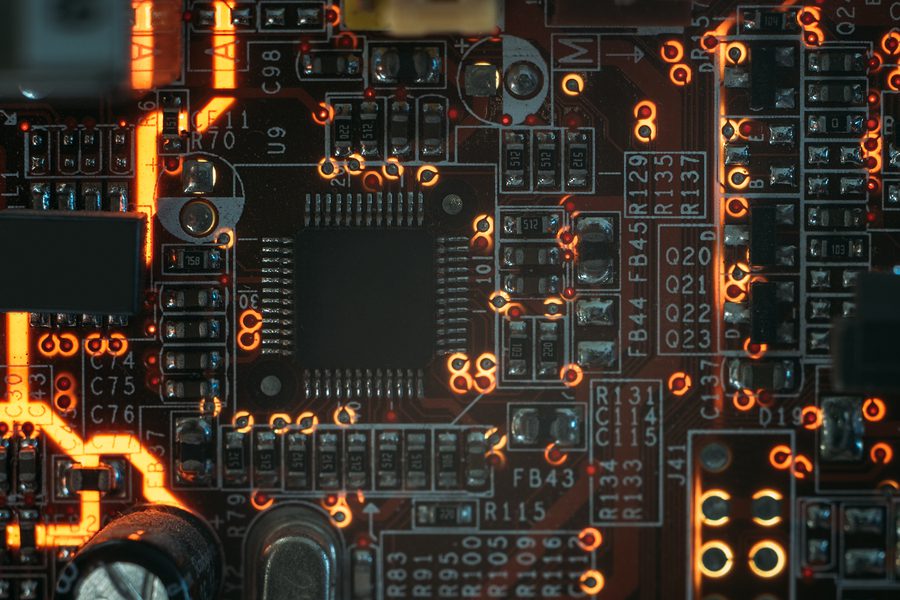Benefits of Reverse Engineering in Electronic Manufacturing

We are currently in a great time for the electronic manufacturing industry. The business is evolving at an unprecedented rate. However, this growth is putting pressure on companies to look more closely at efficiency, design, and manufacturing. As a result, reverse engineering has become a popular practice. It is a tool that is becoming easier to afford and use, and it can improve your bottom line in a highly competitive market.
Reverse engineering is the process of disassembling a product or component in order to study it to find out how and why it works. The process allows engineers to basically un-build a product. It can then be redesigned for a number of benefits, including full design documentation. It is often used to improve an existing product, but can have far-reaching applications. In an industry where staying ahead of the competition is key, the efforts of reverse engineering a project can mean many benefits to a product and the company that manufactures it.
Parts Obsolescence
Parts obsolescence can be quite frustrating in the tech industry. The issue is forcing design engineers to be creative because parts for a legacy product are either discontinued or hard to find. This is where reverse engineering can be a big benefit. Why completely redesign a product you know is successful? Reverse engineering can allow you to get the component you need. Once completed, design engineers can take the data uncovered during reverse engineering to come up with a design of a component that can be custom fabricated to fit your needs. This means you no longer need to rely on pre-made parts with potentially questionable quality. You can fabricate the components you need that live up to your standards. Reverse engineering an obsolete part gets you the component you need to sustain the life of an already proven product.
Recreating Incomplete Design Data
Design recovery is another extremely important benefit of reverse engineering, especially in the case of legacy projects. Older technologies often need to be brought up to date, but that can prove difficult without documented design data. Reverse engineering can go back and fill in the gaps by figuring out exactly how and why your product works the way it does. From there you can update your legacy product with updated components, power sources, and other technologies.
Product Improvement
No matter how great your product is, there’s always room for improvement. Components break down, equipment stops working during the course of use, and older technology isn’t up to date with modern functionality requirements. Reverse engineering can streamline a product design into a more contemporary configuration and make an older product meet newer performance standards. The reverse engineering will strip down your product to find out how it functions in order to discover ways to make it more efficient and last longer. Reverse engineering clearly has a big effect on the overall quality of a company’s product it ultimately brings to market.

Save Money
Reverse engineering can speed up the time it takes to get your product to market and ultimately save you money. Reverse engineering can be used to analyze what parts make up a product so it can be recreated at a lower cost. Designers can look at the results of the reverse engineering analysis and offer alternatives that can minimize assembly or substitute a part that will save you in time, shipping, and more.
From updating obsolete components to exploring incomplete design data, the benefits of reverse engineering are widespread. Electronic manufactuer, Levison Enterprises offers a wide range of retrofitting and reverse engineering services to serve you. We can successfully reverse engineer your project for parts obsolescence, efficiency, a technology update, to save money, and much more. Contact Levison Enterprises today so we can help find solutions to make your project successful.
Email Sales